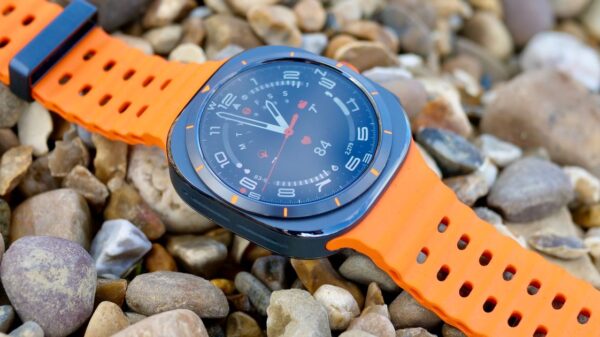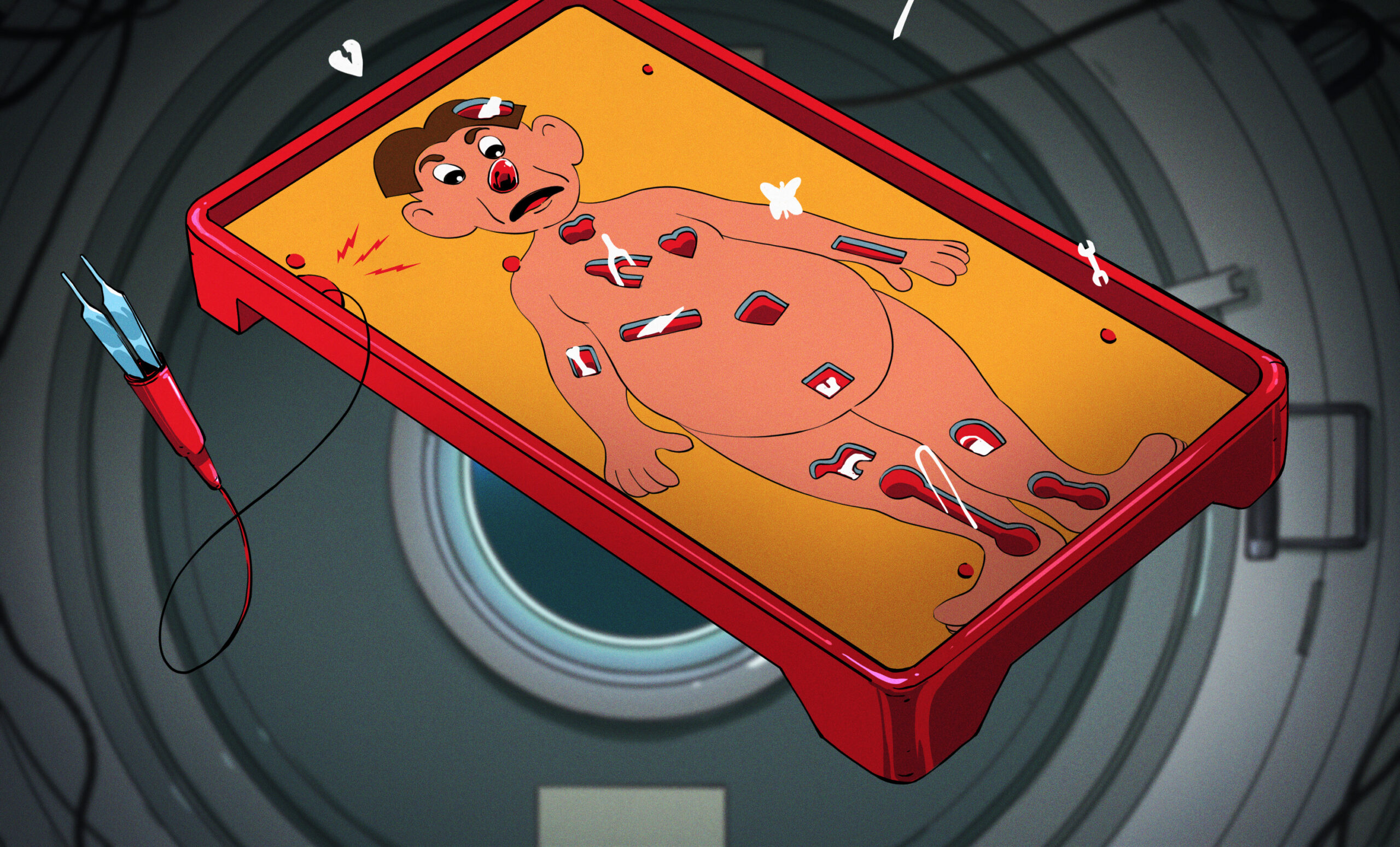The prospect of conducting surgery in space presents significant challenges, as astronauts aboard the International Space Station (ISS) face unique medical risks. While space missions are generally safe, the absence of immediate medical facilities raises concerns about how to manage traumatic injuries or urgent medical conditions in orbit. Current protocols rely on Earth-based evacuation, but as future missions venture farther into space, the need for surgical capability will become increasingly critical.
Medical emergencies in space remain infrequent, largely due to the rigorous selection process for astronauts, which eliminates candidates with pre-existing health issues. However, in the rare instances when medical problems arise, they are typically minor, such as cuts or nasal congestion. More serious cases, like cardiac arrhythmias, have occurred but did not require immediate intervention.
Despite a relatively low incidence of serious medical emergencies, astronauts are not entirely immune to health risks during missions. The Advanced Diagnostic Ultrasound in Microgravity (ADUM) is the only available medical imaging tool on the ISS, and while astronauts receive extensive training in basic medical procedures, surgical interventions are not included in their training.
The ISS is equipped with a comprehensive medical kit, but it lacks provisions for even the simplest surgical procedures. The rationale for this is straightforward: when a significant medical issue arises, the safest option is to evacuate the patient back to Earth using a Soyuz or Dragon capsule. This process, however, can take several hours, during which time the crew must stabilize the patient as best as they can.
Medical personnel aboard the ISS are trained to perform basic procedures, such as intravenous (IV) administration and intubation, but they lack the equipment and resources necessary for surgical operations. The evacuation strategy works well for missions close to Earth, but as exploration expands to other planets, such as Mars, the feasibility of returning to Earth for medical treatment diminishes.
The challenges of performing surgery in space are further complicated by the physical environment. The risk of injury from space debris or during extravehicular activities (EVAs) is real. For example, Anatoly Solovyev, a cosmonaut aboard the Mir mission, developed kidney stones that could have required surgical intervention. Maintaining hydration and managing fluid distribution in microgravity are critical factors in preventing such conditions.
Recent research has explored the feasibility of conducting surgery in microgravity. In 2016, a team of surgeons from the University of Kentucky Louisville conducted a study simulating surgical procedures in a controlled environment. Using a Dassault Falcon 20 Research Aircraft, surgeons practiced a common trauma procedure under weightless conditions. The results indicated that while the zero-gravity environment posed challenges, surgeons were able to perform basic tasks effectively.
Looking ahead, the possibility of surgical intervention in space requires considerable planning and research. As missions extend beyond the vicinity of Earth, it will be necessary to develop procedures and technologies that can support surgical needs in microgravity. This includes understanding post-operative recovery and managing complications that may arise from the unique environment of space.
The evolution of space medicine will be influenced by ongoing studies and simulations designed to address these challenges. As humanity pushes the boundaries of exploration, the ability to perform surgery safely and effectively in space will be essential for the success of future missions. The journey to mastering surgery in the cosmos is just beginning, and the findings from ongoing research will play a crucial role in shaping the future of medical care in space.





































































